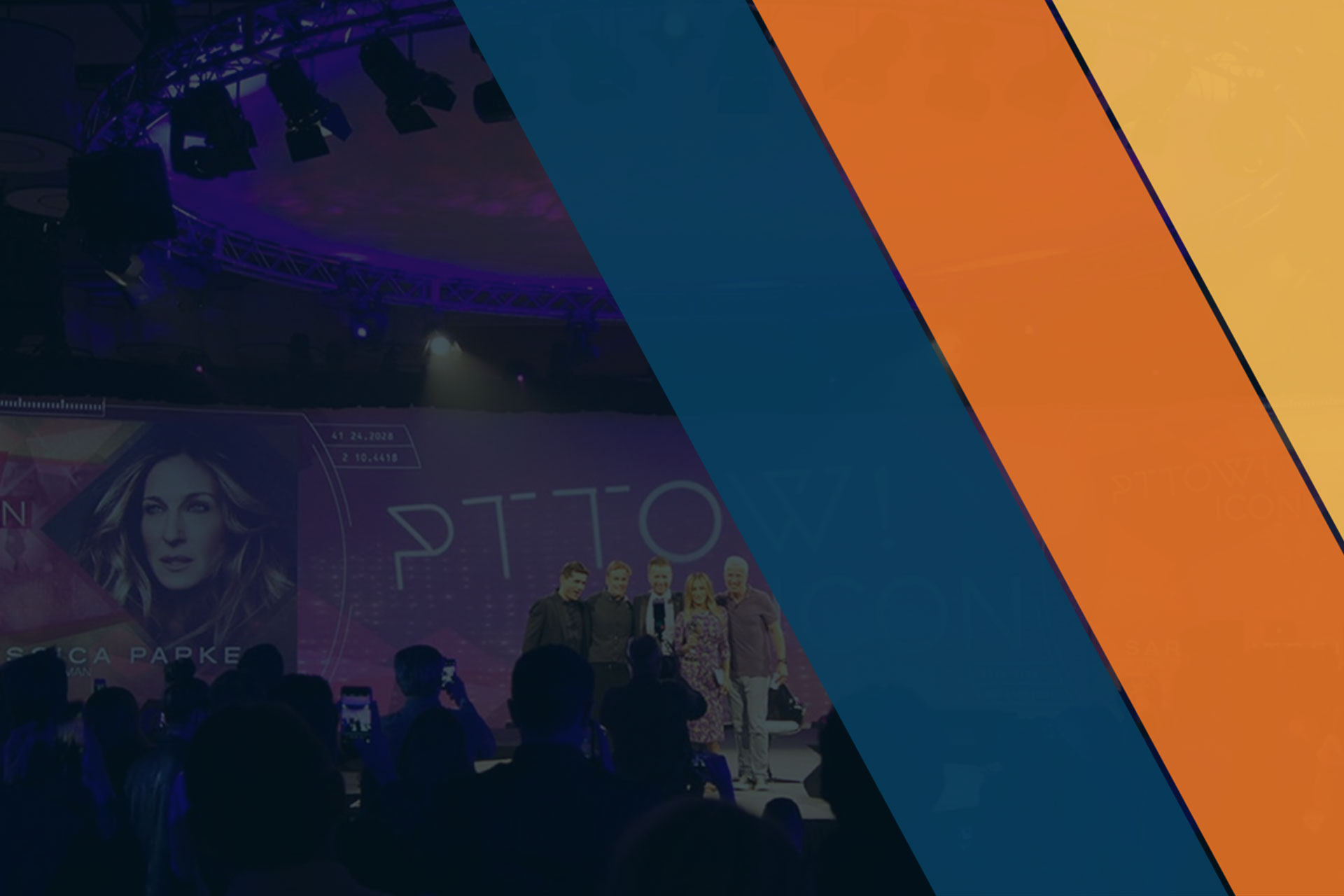

What is a Virtual Event or Trade Show Platform?
As we collectively evaluate short-term solutions for incorporating virtual into our plans for face-to-face marketing, we find ourselves asking how our needs have changed. How do we deliver content and adjust to potential new audience expectations while keeping our event moving forward?
Prior to the COVID-19 pandemic, there were many web-based platforms that supported live events in limited capacities, like video meetings or virtual walkthrough tours. Some platforms, such as event apps, have grown out of their ability to network an audience, connect buyers and sellers, and recommend relevant content to key audiences. Others are education platforms built for storing on-demand videos curated for the user to mimic a trade show or event experience.
The current higher demand for an all-encompassing solution is driving innovation and building a bridge between face-to-face and digital worlds, which we believe will only make live events and guest experiences stronger in the long run.
While we know delivering your content and reaching audiences through virtual platforms may not be what was planned, or as impactful as in-person events, we are sharing some of our key factors to consider when incorporating virtual into your F2F strategy.
What is the purpose of a virtual platform?
A virtual event or trade show platform delivers an online experience connecting audiences with brands, organizers with attendees, and exhibitors with leads through engaging content and engineered digital experiences.
When thinking about virtual events, the same key players are involved as an in-person event. Let’s break it down:
The Event - The event wants to deliver a meaningful experience allowing companies and sponsors to reach their audience in an environment that is live, on-demand and measurable. Events need to provide value to the brands and the audience to justify the cost of attending the virtual event and compete with the many other options available online.
The Brands – Brands want to promote their products and services to the curated audience of a show and deliver engaging expert content. Brands need to distinguish their presence from the other participants and establish meaningful networking opportunities which are measurable and actionable for their long-term goals.
The Audience - The audience wants to connect with brands, network with like-minded professionals, and learn from experts in the industry organized by the show. Audience members need an easy-to-use experience to accommodate their schedule and their device of choice in order to engage with brands and show experts.
Now we’ve gone over who is involved, let’s breakdown what functionality you should be considering when looking at virtual platforms.
What is the key to making your virtual experience successful?
The common instinct in digital transformation is to mimic the look and feel of the physical experience. It is easier to explain when everything feels familiar, but sometimes you neglect the core intention and value being provided to the attendee.
If the retail world tried to mirror what it feels like to walk into a store to comb through the racks and then stand in line to make the purchase, they would be forgetting the purpose of why the shopper is there in the first place (to skip in-store buying). The potential translation of physical into a digital may make sense on the surface but loses its intrinsic value as an online shopping experience to the end-user.
A perfect digital experience will not be the same as a perfect in-person experience, and it will not replace the physical, but it will complement both by serving the needs of the attendees, the brands and the show itself.
Here are the elements to consider when choosing a virtual platform:
Registration and Promotions
Digital promotion and marketing will drive users to the platform and capture registration data from attendees, exhibitors and sponsors. The registrant's user access will allow them to populate their assets on the platform and build the experience they need to connect with the audience. For example, attendees may input their contact info and LinkedIn profile for networking purposes while exhibitors focus on product and services collateral.
Registration should be either integrated into the virtual platform or connected through another registration software. A strong registration system and strategy is essential to capturing revenue and creating a unique experience while providing real-time data about who is interacting and engaging. Collecting this information is extremely valuable to show organizers and exhibitors who need to track success and inform decisions and helps attendees make lasting connections before, during and after the event. A best practice is to have one registration system for a hybrid event allowing the attendee to experience both the in-person event and the virtual experience.
Attendee Management
Here’s where attendees register, pay and access the virtual event. From here, they can build out their personal profile and connect with other attendees and plan their schedule of preferred sessions or micro-experiences before during and after the event. Adding a digital networking element to any event, but especially a virtual event, gives attendees access to the brands, speakers and their peers continuing the conversation beyond the event. Learnings from using these platforms with your virtual event can also help with future planning to incorporate into future face-to-face events.
Brands and Sponsorships
A good platform should allow for exhibiting brands to build out their profiles, connect their participating employees, manage speakers and speaking sessions and customize their “microsite” with engaging content including 3D Virtual exhibits and experiences. Some tools may also bring the added benefit of measuring success by lead scoring and engagement metrics based on attendee participation.
Likewise, sponsors should build out their company profile, create and manage banner ads and target audience segments with notifications and recommended promotions. Also powered by data, these experiences can be measured and acted upon in real-time.
Content Curation
Content delivery is an essential piece of every event, but even more prevalent in a virtual event. Content should be organized and categorized for attendees to consume in their preferred format on any device. Some technology such as marketing automation and artificial intelligence can provide recommendations for products, companies, speakers and other interactive content to be consumed and shared by the attendees.
Positioning content for live broadcasting or on-demand will allow the participants to consume the content as they need it. Creating snackable and binge-worthy content personalized for the user will harness the power of a digital platform and keep the attendees engaged.
Speaker Delivery
Speaking sessions in the virtual world are similar to in-person as well. They should support a fully produced general session with professional video and direction executed and delivered in the highest quality format. The platform should also support DIY videos for small businesses or individuals sharing their presentation from their home office.
In a virtual environment, it is important to provide speaking sessions in a medium which can be produced and delivered over the internet on multiple devices whether attended by thousands of attendees, a small breakout group or a one-on-one meeting. The video content delivery should include interactive components to keep the user engaged and to glean specific insights into the needs of the audience.
Analytics and Insights
Measurement of an event’s success is based on how the attendees engage with the content, how the brands value their cost to attend the show and the show’s ability to connect with its audience. Leveraging digital tools to track these insights allows for actionable outcomes and informed future planning.
Face-to-face experts and digital experience experts should collaborate and share capabilities, allowing the digital world to create the same impact of a live event. The combination of these fundamentals will improve the way we do live events and change the way we create digital experiences in the future.

